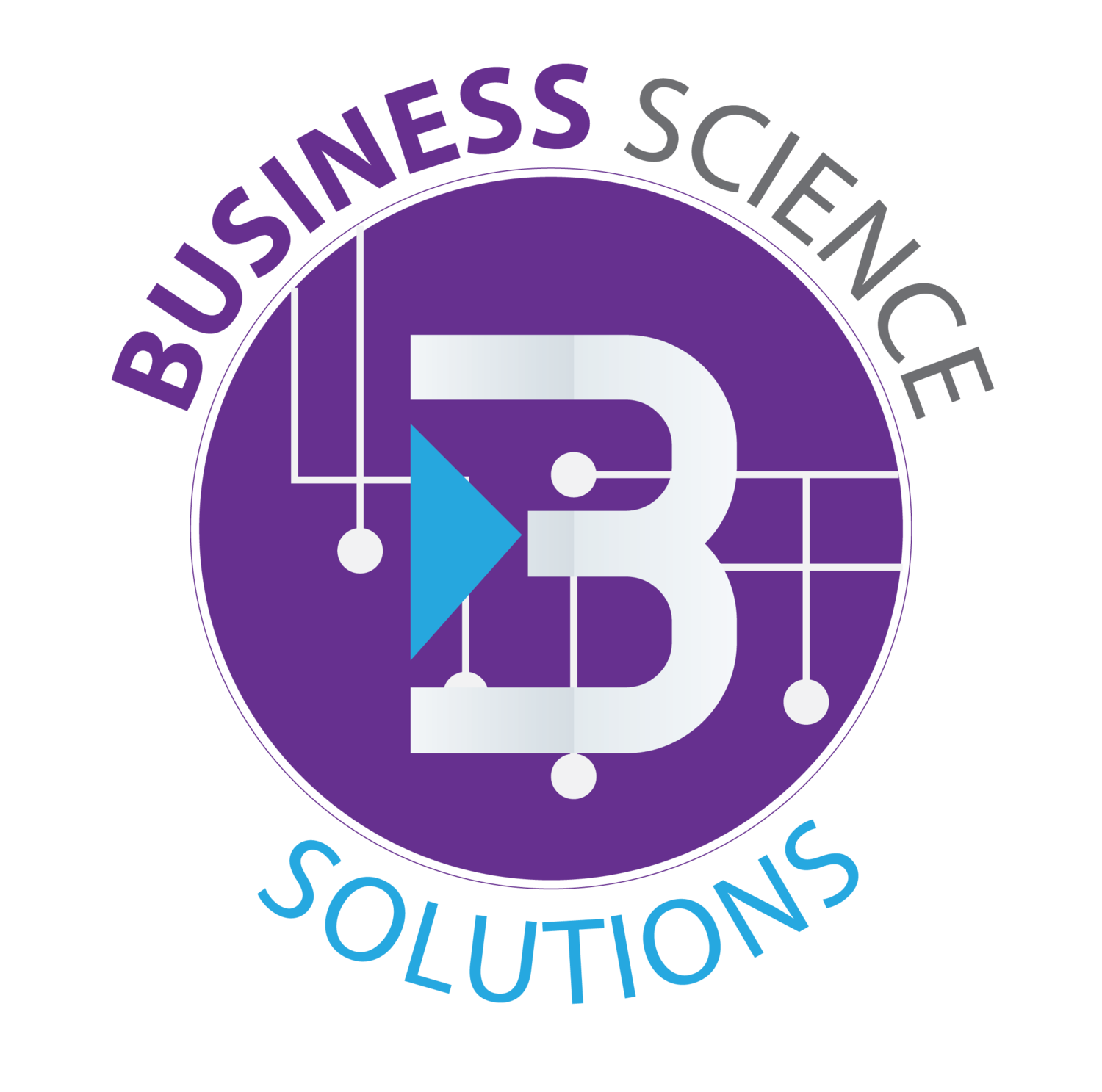What You Need to Know About AI’s Impact on the Workforce
/A common belief that we have encountered in our field is that artificial intelligence is “the enemy”. This has been the result of a fear that embracing this technology will lead to an unemployed human race.
This is nothing new and this fear has applied to various emerging technologies throughout history. Many AI proponents have referenced the book “Learning by Doing: The Real Connection between Innovation, Wages, and Wealth” when defending AI. In the “non-missing bank tellers” section of the book, James Bessen discusses the initial objection to the implementation of ATM machines during the 1970s. Critics reasoned that since ATMs would be responsible for handling transactions, then bank tellers would become obsolete, but statistics from the Bureau of Labor, showed this was not the case. The ATMs did result in the need for less bank tellers at each branch office. However, because it became cheaper to operate branch offices, the cost reduction allowed for branch expansion and more jobs were created in the process.
AI detractors would argue that there are instances where technology has been known to destroy jobs. For example, Venturebeat.com reported that a Deloitte study of automation in the U.K. found that 800,000 low skill level jobs were eliminated as the result of AI and other automation technologies, but as Professor Robert Gordon of Northwestern University, has stated “though jobs are constantly being destroyed, they are also being created in even larger numbers”. In the UK case, 3.5 million new jobs were created and those jobs paid on average nearly $13,000 more per year than the jobs that were lost. Gordon also stated, “No invention in the last 250 years, since the first Industrial Revolution, has caused mass unemployment. – there is enormous churn in the job market – at present, there is actually a shortage of workers, not a shortage of jobs, even in fields such as construction, skilled manufacturing and long-distance truck driving”
Nevertheless, as we stated in a previous blog, AI should not be used as a reason to fire people. Instead, companies must adopt strategies such as: simultaneous operating designs and repurposing instead of waiting to see what the impact will or will not be on their workforce. It is imperative that companies invest in their employees so that they can adapt to the unyielding AI revolution. Employees must seek and not decline to improve their skillsets. The businesses that manage new technology properly will have the highest productivity from technology and the workforce.
Ultimately, we should not reject innovation due to fears. When one door closes another one opens…the question is, will you be ready to walk through?
References
Bessen, J. (2015). Learning by doing: the real connection between innovation, wages, and wealth. New Haven: Yale University Press.
Ghafourifar, E. A. (2017, September 07). Automation replaced 800,000 workers... then created 3.5 million new jobs. Retrieved March 09, 2018, from https://venturebeat.com/2017/09/07/automation-replaced-800000-workers-then-created-3-5-million-new-jobs/
Kochan, T. A., & Dyer, L. (2017). Shaping the future of work: a handbook for action and a new social contract. Boston: MITx Press.
Productivity Know How. (2018, January 24). AI to create millions of jobs. Retrieved March 01, 2018, from http://productivityknowhow.com/ai-increase-process-productivity/




